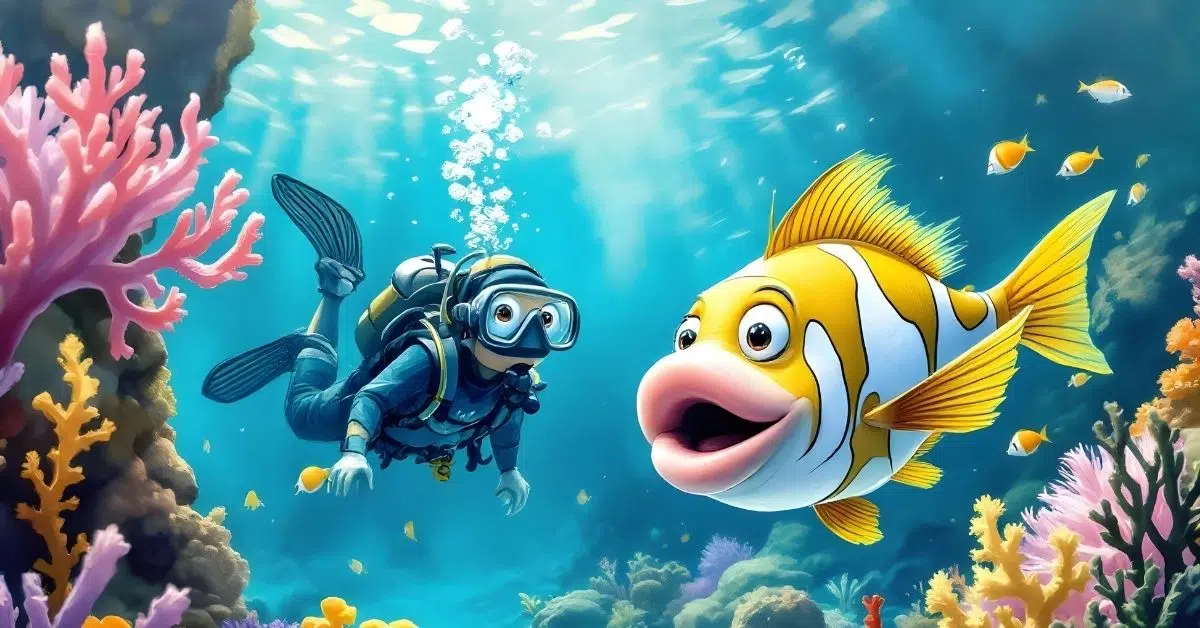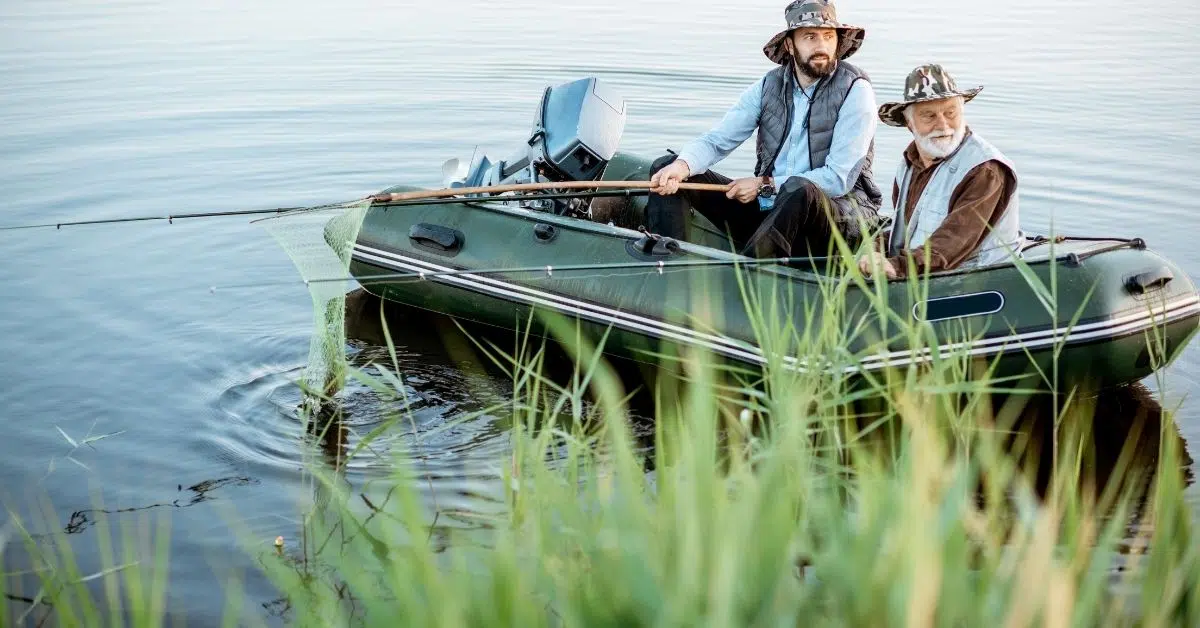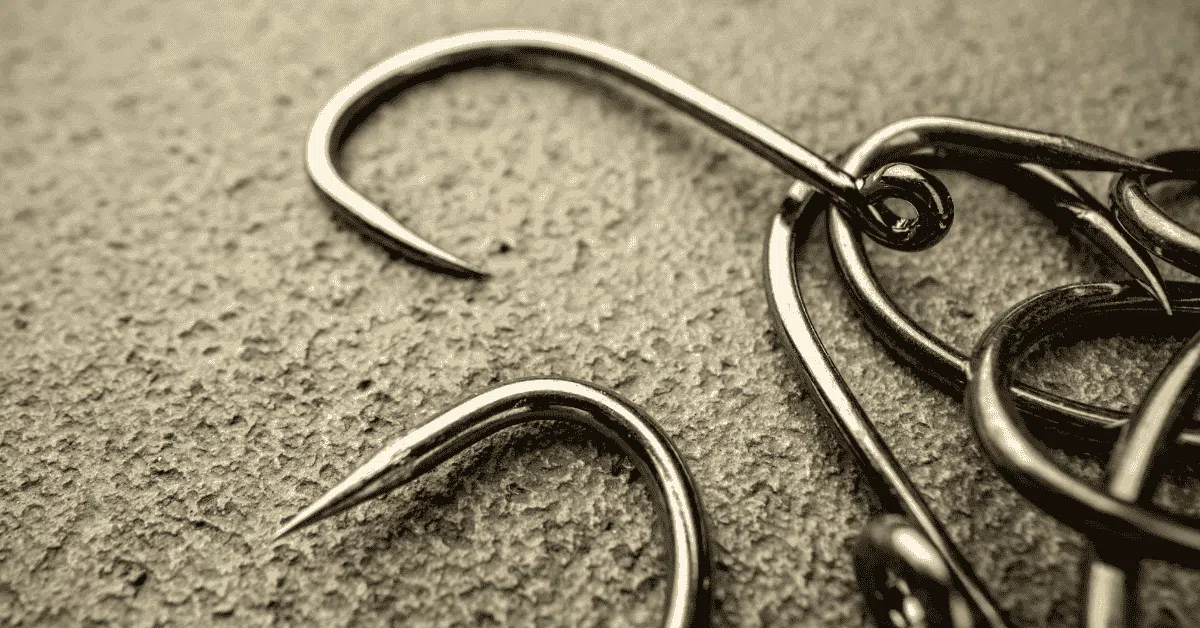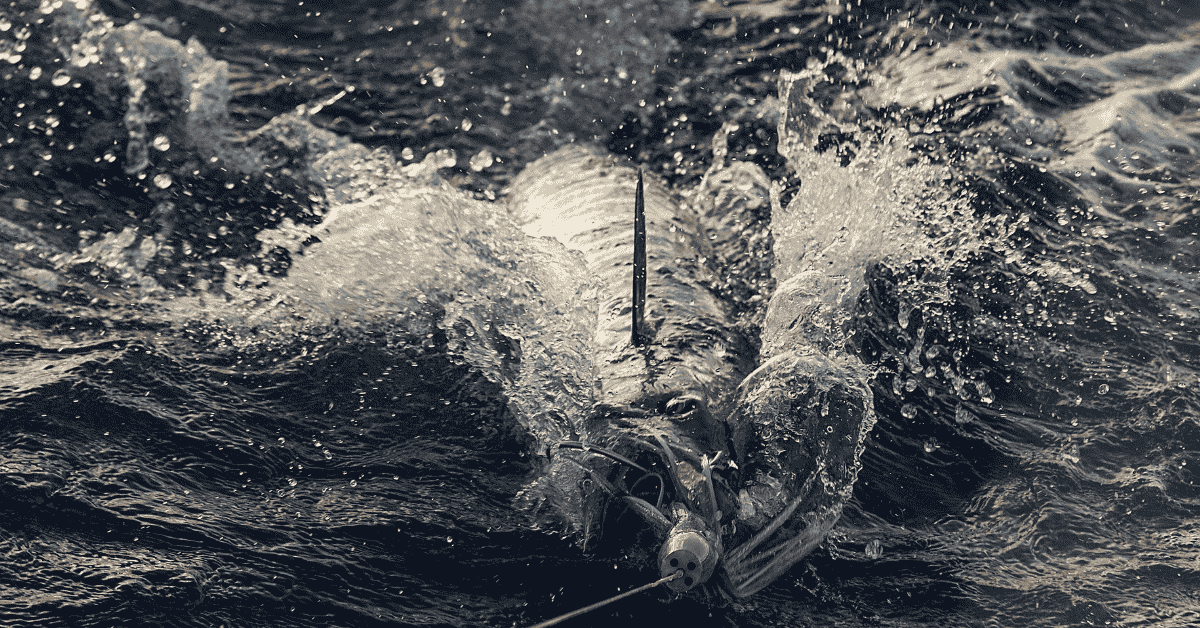Day fishing is a technique that differs from other fishing techniques due to its dynamic nature, which attracts fish through subtle vibrations and irregular motions that mimic the movements of the prey.
European countries were founded in the 16th and 17th centuries, particularly northern England, Scotland and Ireland. However, it is believed that the origin of the jab probably dates back to ancient civilizations, with modern anglers developing versatile techniques such as micro jigging and micro jigging.
Sort Brief of Article
ToggleWhat is Jig in Fishing
Usually, the Jig is some heavy metal lead that consists of zinc. A soft nail with a fishing weight that can easily attract today. Salt and freshwater are either side or illegal, making it quite popular in England.

Leo’s grill is designed to look like a small fish species, and when you move or move the lures, the eyes of the prey fish deep in the water will catch the artificial leg or on the real fish with a wake hook that is correct and color for the fish you are catching.
Check out this top 5 jigging list for those who need patterns. With this, you can easily fish at any depth. Let’s know how to choose the right jig.
Selecting The Right Jig
It is important to determine the appropriate size and color of the jig for the day. Selection of the appropriate size includes target species, fishing conditions, and choice of angles. The wake should match the size of the species you are targeting. 1.77-7.018 grams should be chosen for hunting smaller fish, such as redfish or end fish, while for larger predatory species, the range of 7.08 to 34.08 grams should be considered. However, 56.72 to 170.7 grams or more may be suitable for recreational species of tuna or amberjack.

The selection of jig size and fishing depth is important. Heavy jigs are required for deep-water fishing, and light jigs are required for shallow water. Again, heavy jigs are needed for strong waves or wind. Consider the size of bait you use with the jig and the weight of the jig as the weight of the jig and jig complements the jig.
Fast and Slow Jigging Technique
Fishing is a matter of patient preparation and experience. Learning fast and slow jigging also requires experience and practice. Man can gain accurate knowledge about a thing by practicing it. We can give you easy-to-learn techniques on the day, but you have to try to practice.
Fast Jigging Technique
A quick wink is like making a quick dance face. Fastening causes the fishing rod to move faster. As a result, the speed of water absorption increases. To get faster, you first need to drop the probe under the water and then move the rod up and down to get to the first stage.
The rod should then be moved slowly after a short period. One of the primary advantages of the fast reel is its ability to trigger reactive strikes from predatory fish. The rapid underwater movement of the display excites the fish, and they rush towards the organism, especially attracting the attention of predatory fish such as puna kingfish or wahoo.
Slow Jigging Technique
Unlike fast jigging, it’s a smooth dance. Rather than jerking the rod up and down slowly and gently, target sluggish fish so they’ll be less reactive to aggressive presentation mistakes. Apply to Closing Unlike fast jigging, and it’s smooth dancing. Rather than jerking the rod up and down slowly and gently, target sluggish fish so they’re less reactive to aggressive presentation mistakes. Appeals to behavior.

Slugs are mainly used here where the fish are in deep water or less visible environments.
Vertical Jigging Setup
Vertical jigging attempts to catch certain fish that hide around large rocks or in deep areas, requiring specific gear techniques. Below are some methods for vertical jigging setups.
1. First, you need a special rod that is not too small or too big for you to grasp easily. Vertical rods usually range in size from six to 7.5 feet in length.
2. For fishing you need to select the right grip and high gear, it is very strong and does not stretch too much, so the nibble can be felt even on very small fish on the hook. Selecting the right type of fishing hook is also a very important step to success in fishing with jigging techniques.
3. Attach a chlorocarbon leader to the main line with a pin attached using double unit bi FG knots as solid and reliable should be 4 to 6 feet long.
Also, choosing the right direction is important; see the above part of this article. Sometimes, the fish prefer slow days and sometimes fast days, so you can try on the day you fish to see which fish prefers slow or fast.
Ultimately, experimentation and experience are the keys to determining the ideal organism size for different conditions.




